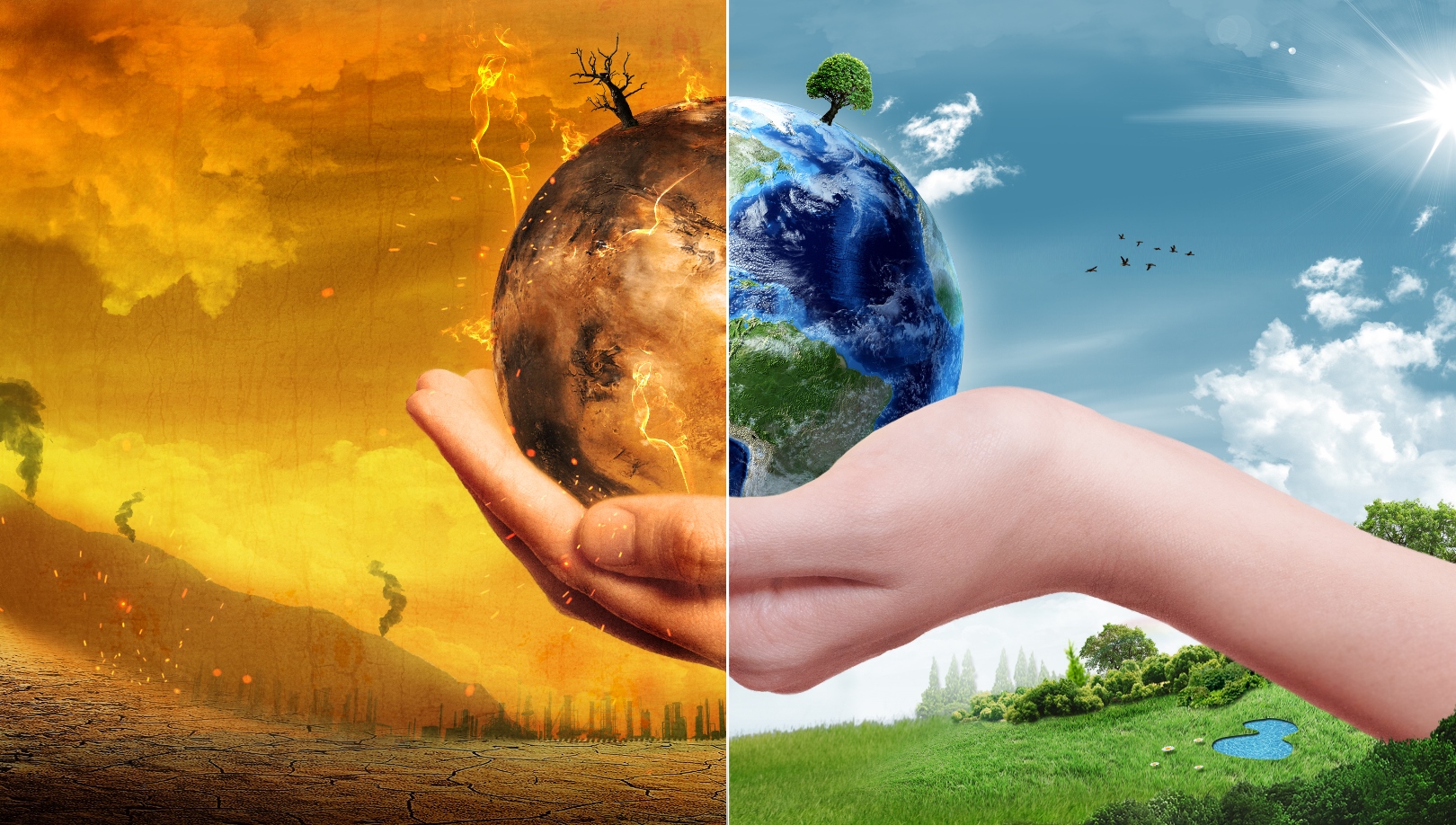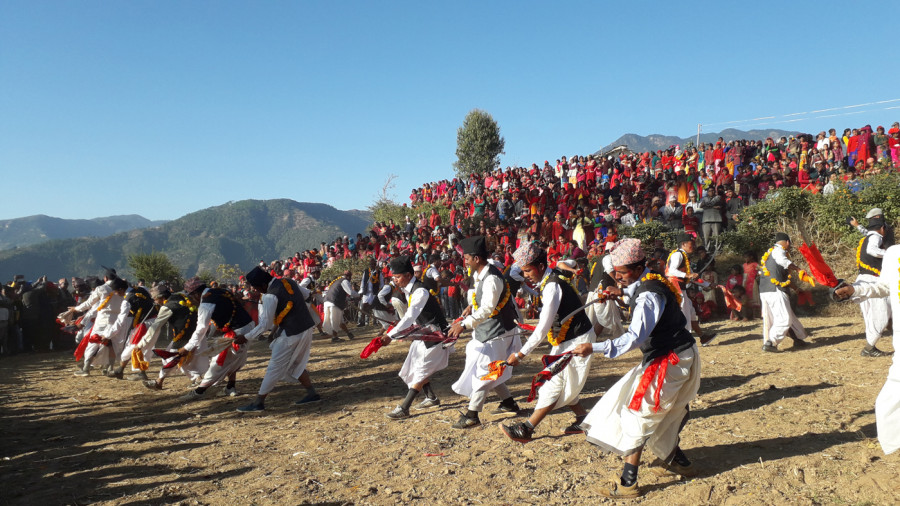Water level will increase if global warming continues to rise

KATHMANDU: JULY 7 – Experts have warned that the water level would go up by 8-12 percent by 2050 if the current situation of global warming continued to rise due to climate change.
At a program organized by the Nepal Forum of Environmental Journalists (NEFEJ) in collaboration with Clean Energy Nepal on Monday, climate change expert Manjeet Dhakal said water quantity would see a whopping rise by 2050 if the temperature continued to go up.
“Had there been no measures placed to check the existing global warming the temperature of the earth would have increased additionally by 1.3 to 1.8 Degree Celsius by 2050”, he warned.
Dhakal shared that global warming has witnessed an increment of one degree Celsius following the duration of industrialization. The 2015 Paris Agreement had pledged to limit the global temperature to 1.5 degrees Celsius.
He also claimed that over 80 percent of the recent disaster incidents of Nepal have occurred due to climate change effects.
Dhakal also highlighted the showcasing initiatives the Nepal government has done so far in mitigating risks resulting from climate change.
According to ICIMOD, Nepal has as many as 3,252 Himalayan glaciers and 2,323 glacial lakes. Most of the glaciers have witnessed changes in their size and shape while 20 snow lakes are at risk. As various studies have revealed, the snow Rivers of Nepal are rapidly melting.
Environment journalist Rajesh Ghimire cautioned the increment of life-threatening water-borne diseases like diarrhea and mosquito-transferred diseases such as Malaria, Kala-azar, and Japanese encephalitis due to a rise in warming which is also likely to increase mortality rates. “A large number of the population would be suffering from water-borne diseases due to shortage of pure drinking water with the increase in the incidents of floods and landslides”, he added.
According to the International Forum of Climate Change, the average temperature of the earth has already increased by 0.85 degrees Celsius and it is still continuing to rise. The iceberg of the Arctic area of the earth is depleting by three percent in a decade. In the span of time from 1900 to 2019, the sea level has increased by 0.18 to 0.2 meters.
The Government of Nepal has identified the climate change adaptations put in place by grassroots people and developed several policy and institutional mechanisms to address the issue.
Clean Energy Nepal has also been advocating for the establishment and operationalization of local, regional, national mechanisms to reach out climate financing to the climate-vulnerable population.










